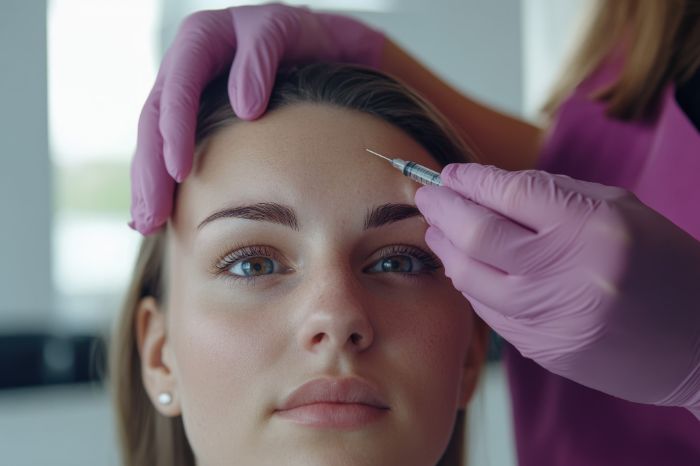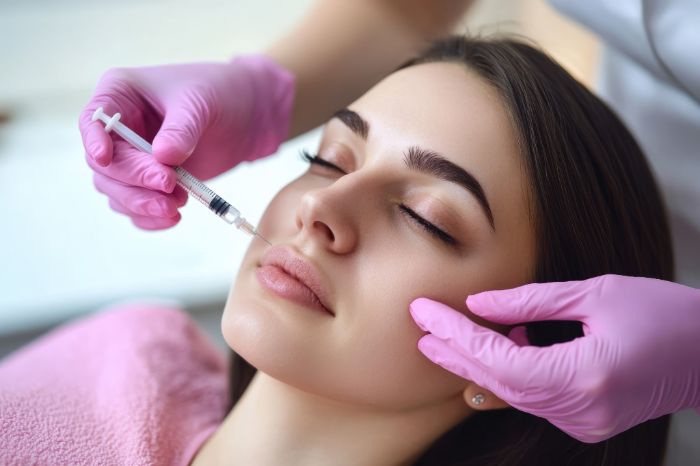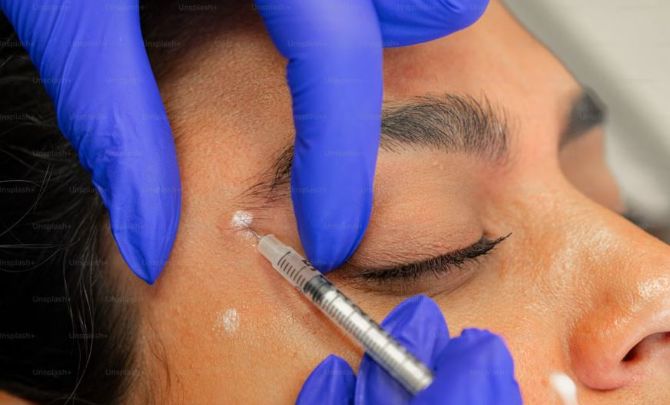Over the past two decades, cosmetic enhancement has shifted from luxury procedures for the few to mainstream options that appeal to a much broader audience. Changing cultural norms, expanding technology, and growing competition among providers have all contributed to this transformation. People now view appearance-related procedures not as indulgences but as routine steps in personal care and self-confidence.

This evolution is driven by new innovations in treatment methods, payment flexibility, and a broader societal shift in how cosmetic procedures are perceived and discussed.
Shifting Public Perception
What was once whispered about in private circles is now featured openly in social media feeds and lifestyle publications. People are becoming more transparent about the work they’ve had done, and this openness encourages others to explore their own options. The stigma that once surrounded cosmetic procedures is rapidly fading, especially among younger generations.
This cultural shift is reinforced by the normalization of aesthetic treatments in daily conversation. Whether it’s Botox for wrinkle reduction or non-invasive body contouring, these services are often viewed as extensions of general wellness routines. The more people talk about them, the less intimidating they become for newcomers.
Expanding Range of Non-Invasive Options
One of the most significant developments in cosmetic care has been the rise of non-invasive and minimally invasive treatments. These options typically involve little or no downtime and are less expensive than traditional surgeries. Procedures like microdermabrasion, laser skin resurfacing, chemical peels, and injectable fillers offer noticeable results without requiring a lengthy recovery period.
This increased accessibility has widened the appeal to people who previously wouldn’t consider cosmetic procedures. For someone looking to enhance their features without the risks associated with surgery, these less intensive options serve as an entry point into aesthetic care.
Price Transparency and Financing Plans
Cost is one of the most common barriers when considering cosmetic procedures. Many clinics now offer clear pricing information and financing plans that spread out the expense over time. This flexibility allows a broader demographic to consider treatments that once felt financially out of reach.
And as the demand for services grows, competition among providers leads to more pricing options. Clinics may offer bundled packages or off-peak pricing to attract new clients. These strategies enable consumers to access premium services at a cost that fits their budgets.
Technological Advances and Innovation
Medical technology continues to advance rapidly, bringing with it more efficient and affordable solutions. Machines that once cost clinics thousands to operate are now more compact, user-friendly, and energy-efficient. These advances reduce the cost of delivering services, which is often reflected in lower prices for patients.
The growing demand for targeted, effective solutions means more research is going into technique and equipment development. Improved tools and training empower providers to deliver high-quality outcomes at scale. As a result, a larger number of people can enjoy the benefits of professional treatment without breaking the bank.
Influence of Social Media and Digital Marketing
Social platforms have played a huge role in demystifying cosmetic services. Influencers and real clients now share before-and-after pictures, describe their experiences, and recommend trusted providers. This type of content gives potential clients a firsthand look at outcomes and helps them manage expectations.
Clinics are using digital marketing to speak directly to new audiences, offering educational content and online consultations that reduce friction in the decision-making process. As a result, prospective clients can better understand what to expect and how to prepare for their appointments.
Growth in Practitioner Availability
The increase in the number of trained providers is another reason for greater accessibility. More dermatologists, plastic surgeons, nurse practitioners, and licensed aestheticians are entering the cosmetic space than ever before. This increase leads to more options for consumers and makes scheduling easier, particularly in suburban or mid-size markets.
Increased availability translates into shorter wait times, greater convenience, and better opportunities to find a provider whose approach aligns with your preferences. Expanded access supports a more competitive environment, which tends to improve customer service and satisfaction.
Entry Points for First-Time Patients
Not everyone jumps into cosmetic care with a major treatment. Many clinics provide complimentary consultations and introductory services to ease clients into the process. For those interested in exploring cosmetic treatments, these low-commitment options offer reassurance and a way to test the waters. Having access to short, effective treatments helps people decide what level of care fits their goals without pressure or risk.
Inclusive Marketing and Representation
Another contributor to accessibility is the shift toward more inclusive marketing. Campaigns that once showcased a narrow standard of beauty are now beginning to reflect a wider range of skin tones, body types, and age groups. This representation allows a more diverse customer base to see themselves reflected in the industry.
As inclusivity becomes a standard rather than a trend, people who may have once felt left out of the cosmetic care conversation are beginning to feel more welcomed and represented. This creates a more supportive environment for exploring personal enhancement choices.

The rise in accessibility and affordability of these treatments reflects larger trends in culture, technology, and consumer behavior. With better pricing models, more inclusive messaging, and expanding service options, the industry continues to grow in ways that invite more people to participate. As these services become a normal part of everyday self-care, individuals have more freedom to choose how they want to look and feel, on their own terms.
